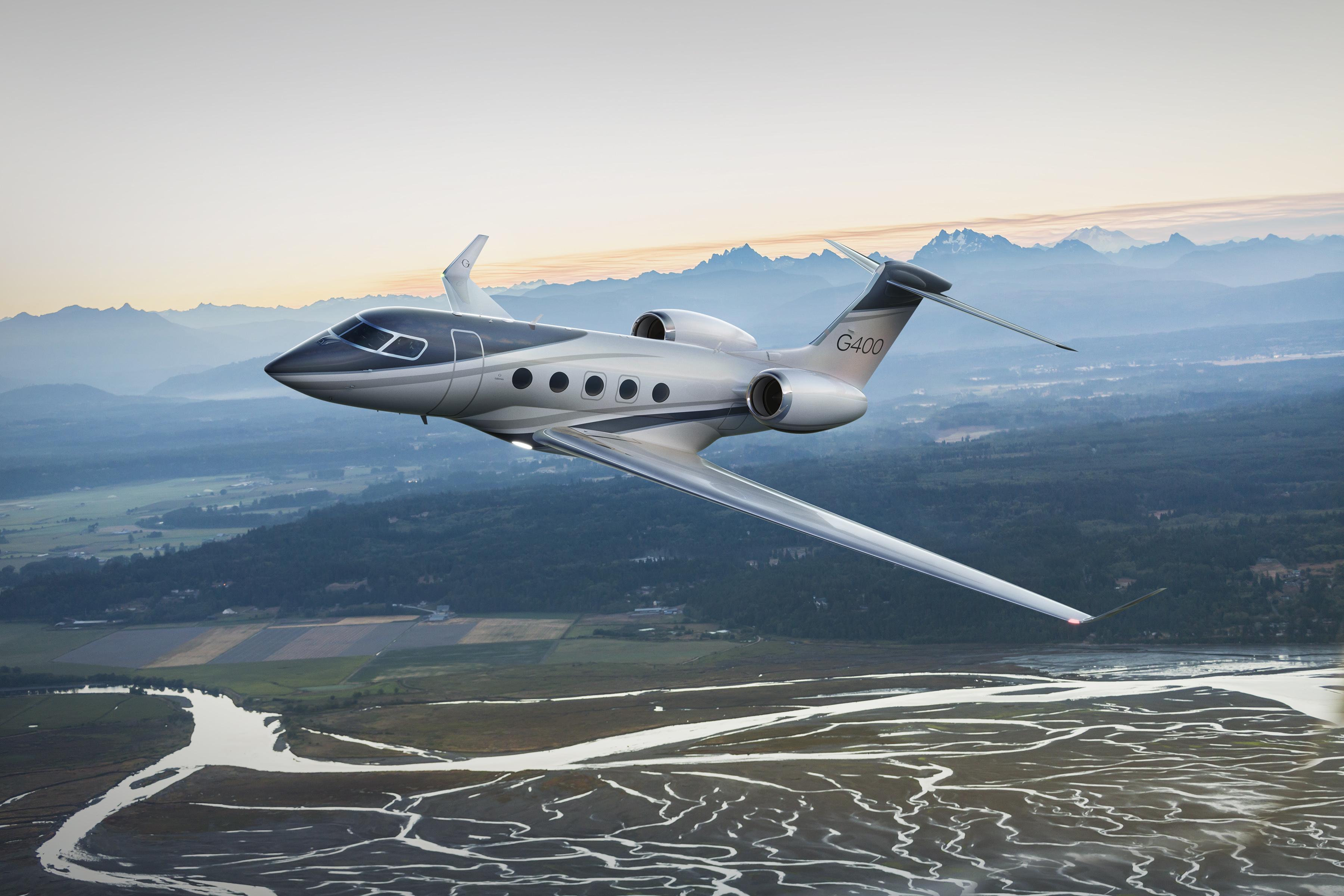
Credit: Gulfstream Aerospace
SAVANNAH, GEORGIA—Gulfstream is unveiling two new members of its business jet family: the large-cabin G400 and ultra-long-range G800. Slotted between the super-midsize G280 and the larger G500/G600, the G400, powered by twin Pratt & Whitney PW812GA turbofans, will fly to a maximum range of 4,200 nm...
Subscription Required
This content requires a subscription to one of the Aviation Week Intelligence Network (AWIN) bundles.
Schedule a demo today to find out how you can access this content and similar content related to your area of the global aviation industry.
Already an AWIN subscriber? Login
Did you know? Aviation Week has won top honors multiple times in the Jesse H. Neal National Business Journalism Awards, the business-to-business media equivalent of the Pulitzer Prizes.

